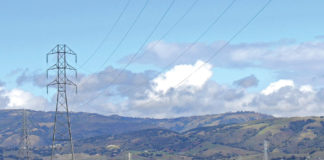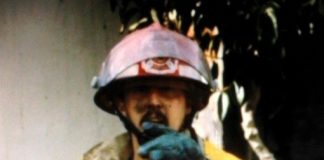California lawmakers are crafting an end-of-session package of proposed laws that could streamline the building of solar and offshore wind energy projects, according to...
At PG&E, we recognize that like many goods and services, energy prices are increasing. Those increases are helping build a safe, reliable and clean energy system to protect you and...
Welcome to Fuel School 101. Yes, there’s a science to properly fueling the body for competition. High school athletes, take notice. For this article, I’ll focus on the ubiquitous energy bar, which has grown into a multi-billion dollar industry. San Benito High junior three-sport standout Marisa Villegas loves Clif Bars; last year at the end of the track season, Villegas told me in addition to her regular meals, she sometimes ate two to three Clif Bars a day during her most intense workout sessions/races (hey, when you run as fast as she does, you need some serious fuel).
IT is always distressing when one good environmental cause gets pitted against another good environmental cause, but that is what is happening with the debate over wind farms. The state of California requires that one-third of all energy produced in the state come from renewable sources. Wind turbines, such as the ones at Altamont Pass, have long been seen as an ideal way to obtain energy in a way that does not harm the environment, contribute to global warming or threaten public safety. The Altamont Pass turbines generate enough electricity to power 100,000 homes.
As Chief Dale Foster wrapped up his tenure at the Gilroy Fire Department last week, the memories of the department’s accomplishments were crystal clear – though even more memorable are the many ways the contagious spirit of the Gilroy community has shaped him over the past seven years.












